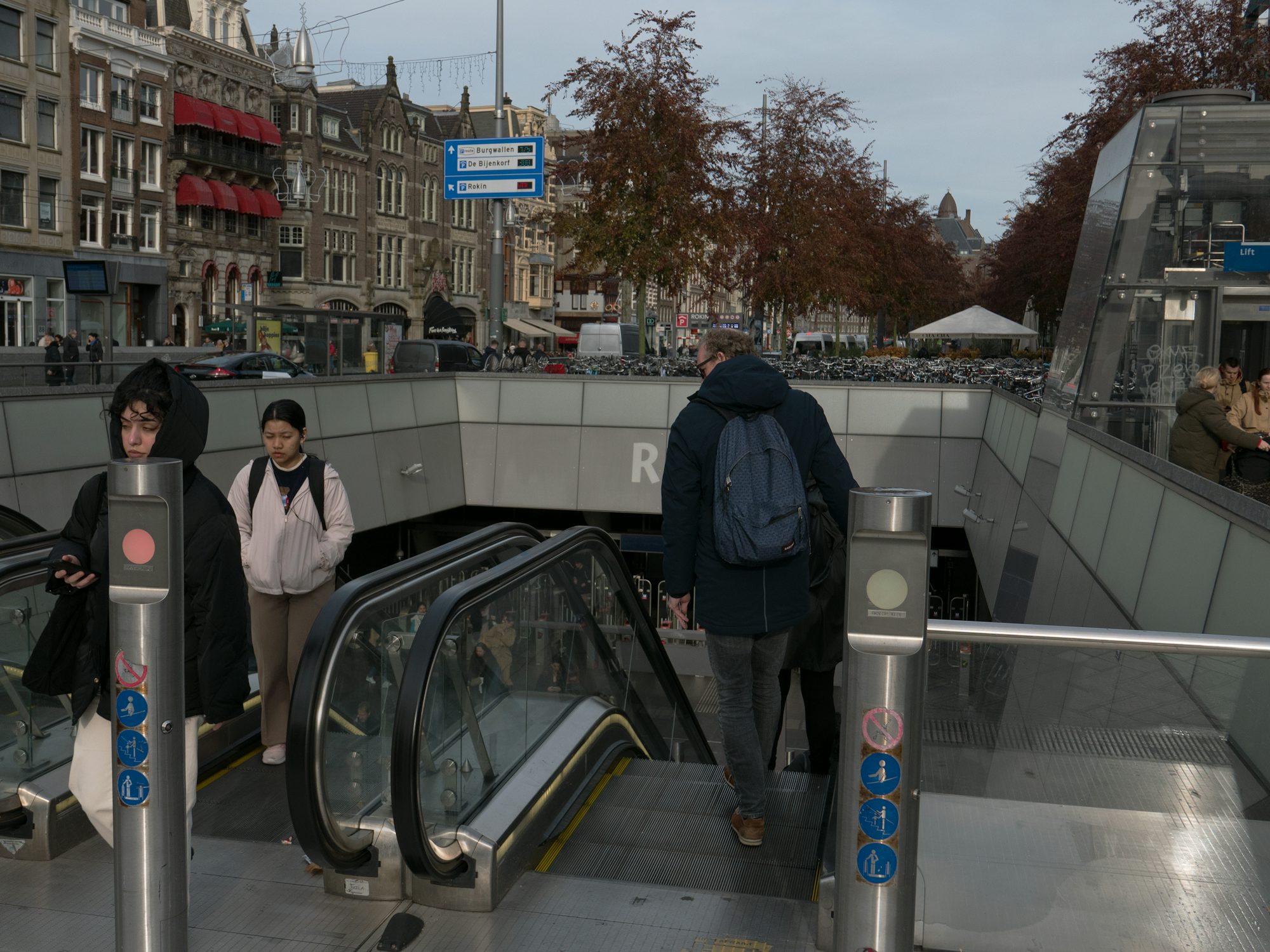
The concept of urban agriculture is rooted in the idea of utilizing available spaces within cities to grow food. These spaces can range from community gardens and rooftop farms to vertical gardens and hydroponic systems. By transforming underutilized land, such as vacant lots and rooftops, into productive green spaces, urban agriculture not only provides fresh produce but also helps mitigate the urban heat island effect, improves air quality, and enhances overall urban aesthetics.
One of the primary benefits of urban agriculture is its ability to enhance food security. With more than half of the world's population now living in urban areas, access to fresh and nutritious food can be challenging. Urban agriculture helps bridge this gap by bringing food production closer to consumers. For instance, community gardens allow residents to grow their own fruits and vegetables, promoting self-sufficiency and reducing reliance on food transportation. Additionally, urban farms can serve as sources of local produce, decreasing the carbon footprint associated with food transport.
Moreover, urban agriculture contributes to environmental sustainability. By incorporating green spaces into urban landscapes, cities can improve biodiversity and promote ecosystem services. Green roofs, for example, not only provide a space for food production but also help regulate building temperatures, manage stormwater, and support urban wildlife. Studies have shown that integrating green spaces into urban design can lead to reduced energy consumption and improved air quality, creating healthier living environments for residents.
In addition to its environmental benefits, urban agriculture fosters social cohesion and community engagement. Community gardens and urban farms often serve as gathering places for residents, promoting interaction and collaboration among diverse populations. These spaces can provide opportunities for education, skill-sharing, and cultural exchange. Programs that involve schools and local organizations can further enhance community involvement by teaching children and adults about sustainable practices and healthy eating.
Innovative urban agriculture practices are being implemented in cities worldwide, demonstrating the potential for creativity and sustainability in food production. Vertical farms, which utilize vertically stacked layers of crops, maximize limited space and can be integrated into existing buildings. These farms often employ hydroponic or aeroponic systems that use significantly less water than traditional farming methods. Notable examples include New York City’s Vertical Harvest, which combines food production with job training for people with disabilities, showcasing the social benefits of urban agriculture.
Rooftop gardens are another innovative approach to urban agriculture. By utilizing the rooftops of commercial and residential buildings, cities can convert otherwise unused spaces into productive areas for growing food. These gardens not only provide fresh produce but also help insulate buildings, reducing energy costs. In cities like Toronto, rooftop gardens are becoming increasingly popular, contributing to the local food movement while enhancing the overall urban landscape.
While urban agriculture presents numerous benefits, it is not without challenges. Limited space, zoning regulations, and access to resources can hinder the growth of urban farming initiatives. However, cities are beginning to recognize the importance of supportive policies and infrastructure to facilitate urban agriculture. For example, some cities are implementing zoning changes to allow for more flexible land use, enabling residents to cultivate food in previously restricted areas.
Partnerships between local governments, non-profit organizations, and community groups are essential for the success of urban agriculture initiatives. Collaborative efforts can lead to shared resources, funding opportunities, and access to training programs. Cities like Los Angeles have established community garden programs that provide residents with the tools and support needed to create their own gardens, promoting sustainable food practices on a larger scale.
Furthermore, the integration of technology into urban agriculture is revolutionizing food production in cities. Precision agriculture techniques, such as sensor-based irrigation and automated monitoring systems, enhance efficiency and resource management. Mobile applications that connect consumers directly with local farmers are also gaining popularity, facilitating access to fresh produce while supporting local economies. These technological advancements are helping to modernize urban agriculture and make it more accessible and efficient.
As the global population continues to rise, the importance of urban agriculture in creating sustainable cities cannot be overstated. By prioritizing food production within urban environments, cities can enhance food security, promote environmental sustainability, and foster community engagement. Urban agriculture has the potential to reshape the way we think about food production and consumption, leading to healthier, more resilient cities.
In conclusion, urban agriculture represents a transformative approach to addressing the challenges of urbanization and food security. By utilizing innovative practices, integrating technology, and fostering community engagement, cities can cultivate sustainable environments that prioritize access to fresh food and promote environmental stewardship. As urban agriculture continues to evolve, it will play a crucial role in shaping the cities of the future, ensuring that they are not only livable but also sustainable for generations to come.